What does it feel like to travel to a place with no museums, no gardens or parks, no historical monuments, no churches, architectural wonders, theaters or festivals? Or no hotels or restaurants for that matter? Welcome to Antarctica – a place unlike any other travel destination in the world, filled with spectacular sights and wonderful experiences. A continent that is to be experienced on sea. On a cruise ship.
My wife and I just returned from travelling through this wonderfully exciting continent. I have so much to share, that I don’t think I can fit it all in one post. I’ve highlighted my best experiences in this blog.
The Cruise Ship
There are lots of choices for cruising the Antarctica. Considering what we wanted to spend and what we wanted to do, we decided that a 16 Day/Night cruise from Buenos Aires, Argentina, was our best option. Antarctica is a very protected continent and very few visitors are allowed. Coral Princess with a capacity of 2,000 passengers and 1,500 crew, is the biggest ship to cruise Antarctic waters. Most passenger cruises are small expedition ships, like the National Geographic Orion that carries about 100 passengers and can get really close to land because of their size. They are also about 2-3 times pricier. Given that size smaller ships get tossed around more during storms and with my wife’s motion sickness, it was better to go for a bigger, more stable ship. Last but not the least, being working people with limited vacation time, we had to choose an itinerary that offered the most during a short time. After the trip, we felt it was worth every penny we spent.
The Journey
We flew down to Buenos Aires which was a 9-hour flight from Miami but only a 2-hour time difference from home. It was pretty hot (it is summer in December in the Southern Hemisphere). We stayed at a hotel overnight and boarded the cruise the next day. On Day 1 we were supposed to get a day to tour Montevideo, the capital of Uruguay. We were so looking forward to it, but the weather was bad, and we could not get into port.
Falkland Islands
- Welcome to the Falkland Islands
- Penguin Colony, Bertha’s Beach, Falkland Islands
Two days later, our first stop was the Falkland Islands – population of 3,000 with a British Army base of 400. It was very windy and chilly (despite the fact that this was summer). We went on a kayaking trip and took a long drive to see a fascinating colony of penguins through our tour operator Falklands Outdoors. This was a real treat! I followed a couple of penguins as they made their way down the mountain to catch fish in the ocean and bring them back to feed their little ones. Such entertaining little fellas they are! Watch my video below:
Scenic Cruising
- Iceberg
- Admiralty Bay
- Iceberg with Carved-in Caves
Two days later, we reached Elephant Island in Antarctica. It started out rainy and foggy, as is normal for Antarctica. Fortunately for us, the weather quickly cleared, and we started seeing the most gorgeous sights (massive icebergs – one that was 3 miles long and 2 miles wide, and had caves carved in!). For the next 4 days, we cruised along Admiralty Bay, Neumayer Channel, Antarctic Sound/Esperanza Station (the Argentinean Research Base), and Deception Island. We had perfect weather on 3 of the 4 days and we took it! We had naturalists, marine biologists and Antarctica experts on board giving a running commentary as we cruised along, giving us rich insights, history etc. I really learnt a lot on board.
Ushuaia
- Peat moss
- Forest area destroyed by beavers
After heading back north, through the Drake Passage and past Cape Horn we stopped in Ushuaia, Argentina. Nicknamed the “End of the World”, Ushuaia is located on the Tierra del Fuego archipelago, the southernmost tip of South America. The windswept town, perched on a steep hill, is surrounded by the Martial Mountains and the Beagle Channel.
We were keen on hiking after so many days on the ship. We had a great local guide, Ana from AlmaCalma Expediciones, who tailored our tour to our requirements. We had a short walk through a forest – it was a still and pleasant place (just the 3 of us – we did not see any other hikers!), but eventually we emerged again to another open area of bogs, low shrubs and turbal (peat moss- it was like walking on soft, squishy sponge!), where many different tracks led across the water-logged and spongy ground. Above us, we could see the bowl of Laguna Esmeralda below the snow-covered mountains. This region has a very severe beaver problem. Beavers destroy large areas of forests and are very difficult to eradicate.
Strait of Magellan
The Strait of Magellan is a curvy navigable channel. Its fjords and channels are celebrated for their natural beauty of glacial and mountainous scenery, with the strait often being compared to Alaska’s Inside Passage. It is also home to several islands. Its major port is Punta Arenas, located on the Brunswick Peninsula in southern Chile. We cruised through this strait from Ushuaia to Punta Arenas.
Punta Arenas, Patagonia, Chile
- Circuito Las Lengas
- Old Man’s Beard
At our next stop, we wanted to stay away from the crowds. Our guide Manuel from Borealis Adventures Patagonia took us to The Magallanes National Reserve Unit, located in the Chilean Magellan and Antarctic Region, 7 kilometers west of downtown Punta Arenas. Circuito Las Lengas is a 11.1 kilometer moderately trafficked loop trail located near Punta Arenas, that features a river which is rated as moderate, but Manuel took us through some really steep trails on the way back.
The quality of air is so pure and so refreshing here. A lichen called Usnea grows on the trees abundantly, indicating the purity. Usnea, pronounced ooze-nee-ah and better known as old man’s beard, is the long, lacy, greenish lichen that grows from tree trunks and branches in forests across Patagonia. It is considered by some to be one of nature’s most effective medicines, and by others as an excellent gauge of environmental pollution.
Thus, on the last day of 2019 and the first day of 2020, we had some amazing hikes that left us feeling totally rejuvenated. We ended our cruise in Santiago, Chile where we spent some time touring vineyards and taking in the sights and sounds of Chile’s capital city.
Our Takeaways From This Trip
- Forced relaxation: Especially on sea-days there is nothing much to do, so you end up reading and generally chilling out. We got our much-needed rest. When I’m home, I always have a long list of things to do. And not having a list of things to do felt very strange at the beginning but it’s amazing how you start feeling relaxed and de-stressed as soon as you realize there is nothing you need to take care of. We got lots of much needed rest. The gentle rocking motion of the ship does wonders to your sleep.
- Eating well: There’s lots of food choices (good and bad) and if you are mindful, you end up eating really healthy on a cruise. Endless varieties of fresh fruits and vegetables were available at every meal. Fresh juices, yogurt drinks, soups, you name it, they had it. We did get tempted occasionally with some fried food and desserts, but overall it was a healthy gastronomical experience. The crew on board were absolutely hospitable and attentive. My wife’s food allergies and my preference for vegetarian was taken most seriously – they had a head waiter who would walk us through the following day’s menus so we could choose what we wanted to eat and made sure we got exactly what we ordered.
- Being in nature: Just cruising along, soaking in the amazing sights with some awesome weather to enhance the experience, was food for the soul. So relaxing and refreshing. I had to force myself to stop taking pictures and just enjoy the beauty. These were million-dollar views – and there were a million of them! The icing on the cake was the wonderful hikes we took in Patagonia and the fascinating colony of penguins in Falkland Islands. Did I mention whales? Yes, there were so many whales, but they only show their tails and blows – so difficult to get a picture. But they were fun to watch.
- Learning new things: We had a number of lectures and presentations about all the places we visited. While they taught us some great stuff we never knew, actually seeing all those places, interacting with the locals, soaking in the sights and sounds has no substitute. Every trip I have taken has expanded my knowledge by leaps and bounds and it is so much fun this way.
I hope you were able to enjoy my experience of the wildlife and landscapes of the White Continent and Patagonia.
Feel free to leave comments for me, should you have further questions.
Cheers, Venu

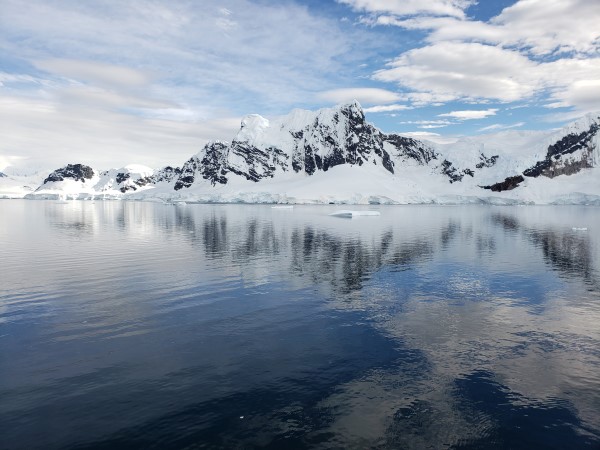
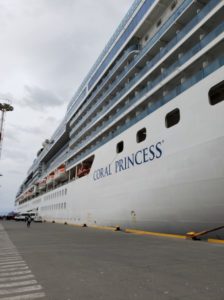
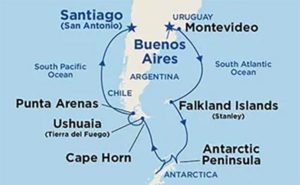
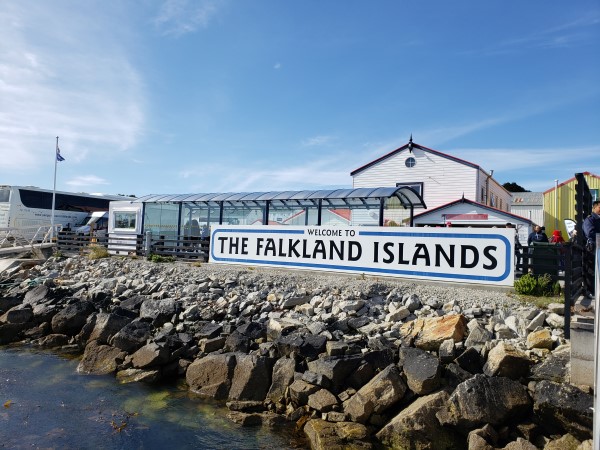
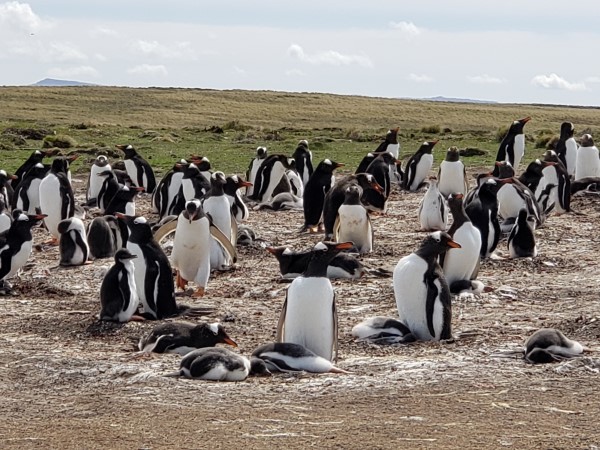
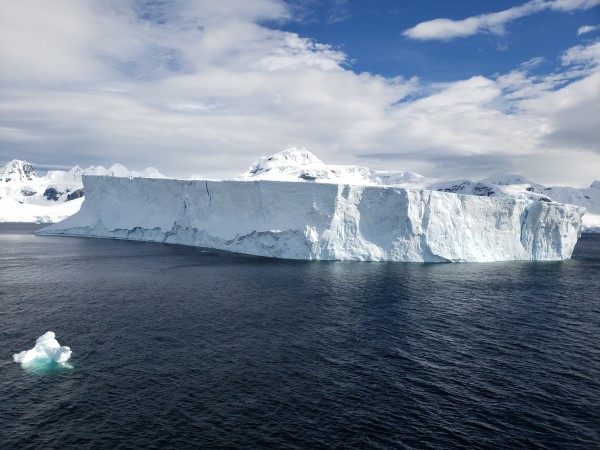

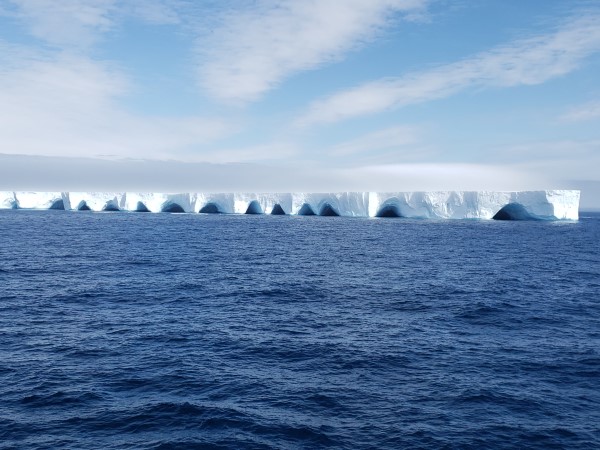
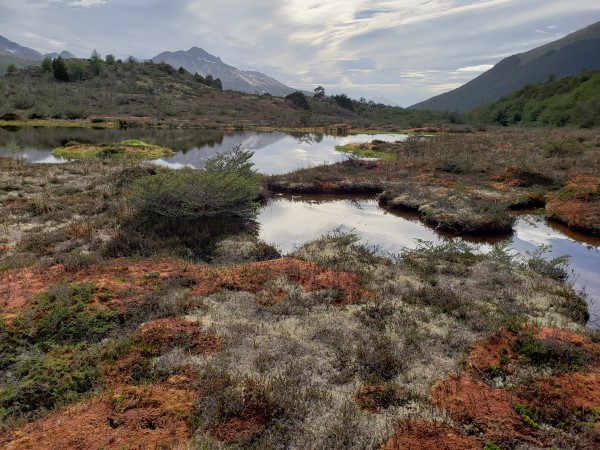
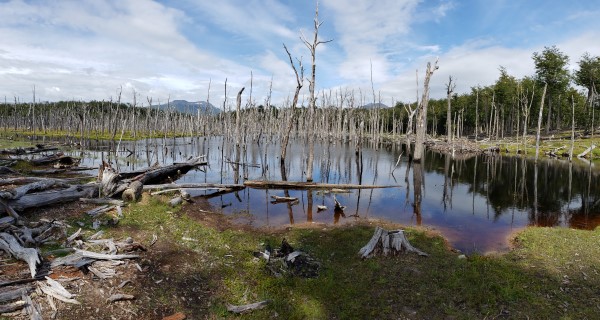

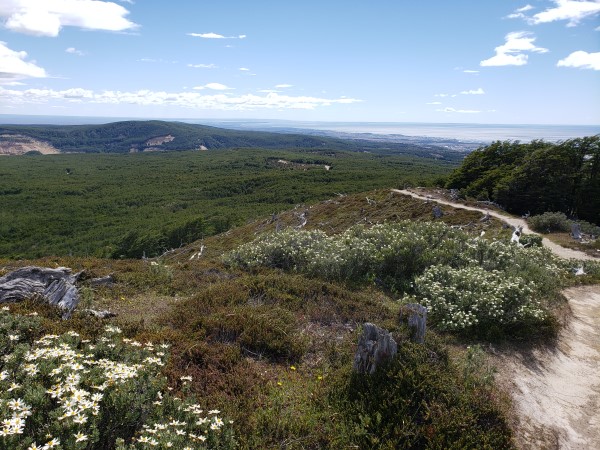
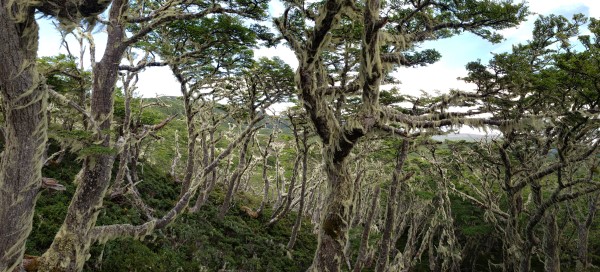

A more apt title to your post would be “Antarticaaaaah!!
No? 😃
LOL. Yes, I considered that too but this seemed to sound better:)
Wanna go!!
We need to plan to cruise!